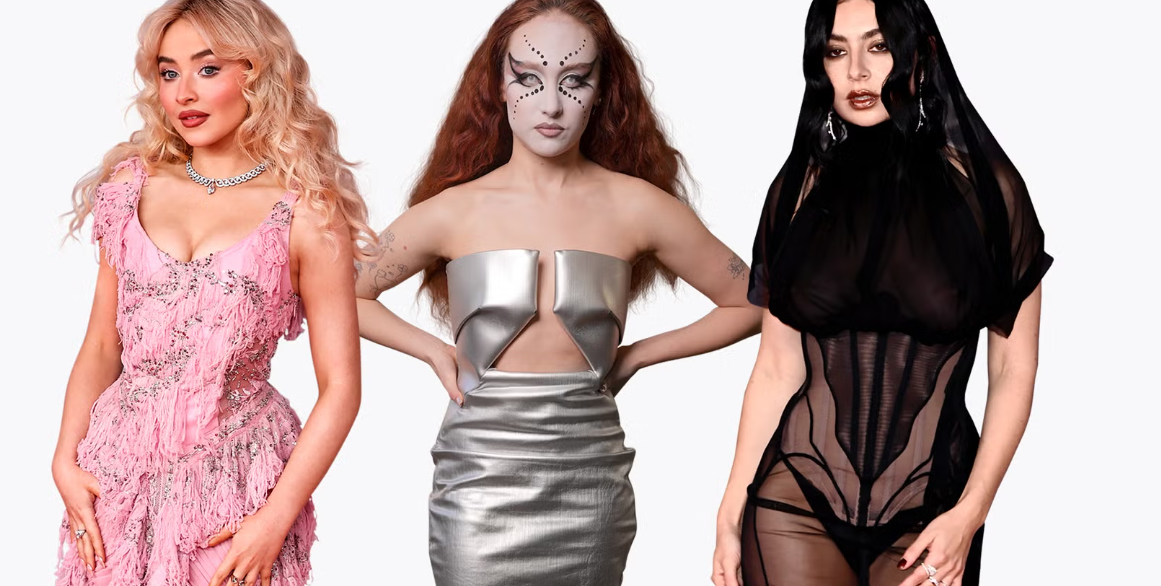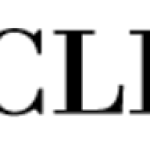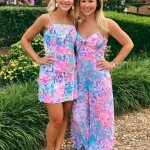From coquettecore to indie sleaze, TikTok-born trends are now shaping the style of your favorite pop idols
It all unfolded in the span of a single month. In August 2010, Lady Gaga became the most-followed person on what we then called Twitter. Days later, she appeared on 11.4 million television screens at the MTV VMAs, wearing 35 pounds of raw flank steak. Just as the shock of the moment took hold, the platform rolled out a pivotal update: for the first time, users could embed photos and videos directly into tweets. Combined with the introduction of an addictive, slot machine-style feature—what we now know as the infinite scroll—it transformed the way content was consumed and shared. Gaga’s meat dress, already a lightning rod for conversation, became an instant cultural flashpoint, dominating the timeline for over a week.
Overnight, every camera became a gateway to virality. Red carpets turned into battlegrounds for attention. Pop stars of the 2010s mastered the art of the reveal—baby bumps, drastic haircuts, controversial accessories—all meticulously timed for maximum impact. But more than a decade later, the energy has shifted. The viral moment, once the holy grail of fame, now feels more exhausting than exhilarating. And while the pendulum hasn’t exactly swung in the opposite direction, it’s certainly found a new rhythm.

Think back to last Halloween and its scroll-stopping parade of tributes: Charli XCX, Sabrina Carpenter, Chappell Roan. The costumes weren’t carbon copies of a single, iconic look—nothing as definitive as Gaga’s meat dress—but they all drew from distinct, recognizable style codes. The Charlis came wrapped in black tights, wraparound sunglasses, and flashes of Brat green. Each Sabrina channeled flushed cheeks, boudoir pastels, and a blonde blowout that landed somewhere between Dolly Parton and Matilda Djerf. And for Chappell: fiery red curls, thrifted prom dresses, and dramatic makeup teetering between drag queen and rodeo clown. It wasn’t until seeing these avatars repeated across feeds that the aesthetic clarity hit—how fully formed, even branded, each artist’s look had become. And more than that, how deeply each one echoed a TikTok-native aesthetic: indie sleaze, coquettecore, clowncore.
By now, these digital-born styles are part of the everyday vocabulary—at least for the chronically online. Each “core” acts as a keyword, an algorithm-friendly tag that helps summon moodboards of matching images. Unlike traditional fashion trends, aesthetics aren’t bound by seasons. They overlap and evolve in tandem, growing roots that twist and tangle across timelines.
As social psychologist Anni Sternisko, PhD, explains, “TikTok’s aesthetic explosion represents a digital-age solution to a fundamental identity challenge: finding a way to be both part of something bigger and uniquely distinct.” Aesthetics offer that dual reward—group belonging and personal distinction—with little risk. Like zodiac signs or Myers-Briggs types, they affirm individuality while anchoring users to a community they can join (or leave) at will. No one bats an eye if you swap balletcore for blokecore. (Though changing from “skater” to “prep”? Ask Avril Lavigne how that plays out.) Still, Sternisko cautions, “While this fluidity allows for greater freedom in identity expression, it may also result in a less stable sense of group belonging.”

That’s where the pop girlies come in. When aesthetics and fandoms merge, the visual signifiers come alive, supercharged with the artists’ personalities. According to Mia Jacobs, youth fashion strategist for the trend forecasting company WGSN, the Brat aesthetic resonates with Gen Z not because they’re big fans of a specific brand, but because it “aligns with their values—rejecting perfectionism, embracing chaotic hedonism, and resisting societal pressures.” It’s not just a wine-stained tank top, it’s a symbol of emotional complexity. In Carpenter’s case, it’s not just a chiffon teddy, it’s an emblem of sexual agency. (Just in case the lyrics about fuzzy handcuffs went over your head.)
The breakneck visual shifts of Gaga’s The Fame Monster era may have held focus in the early days of infinite scroll, but social media today is even more saturated and cacophonous. The extreme still wins the moment, but lately, sustained attention is only granted when it’s paired with consistency and, ideally, some mythology to unpack. Aesthetics, with their cartoonish reliability and associations, accomplish all of the above.






